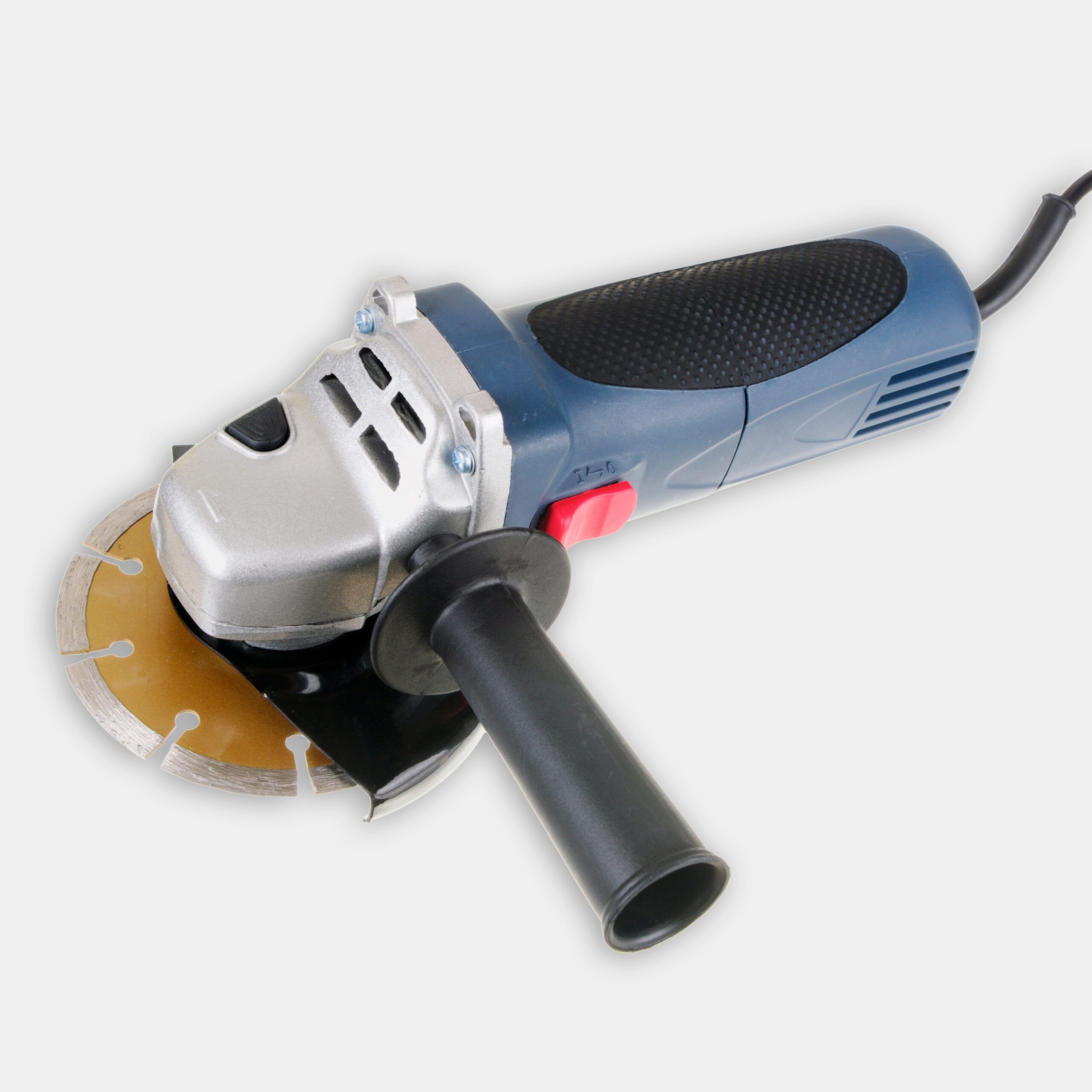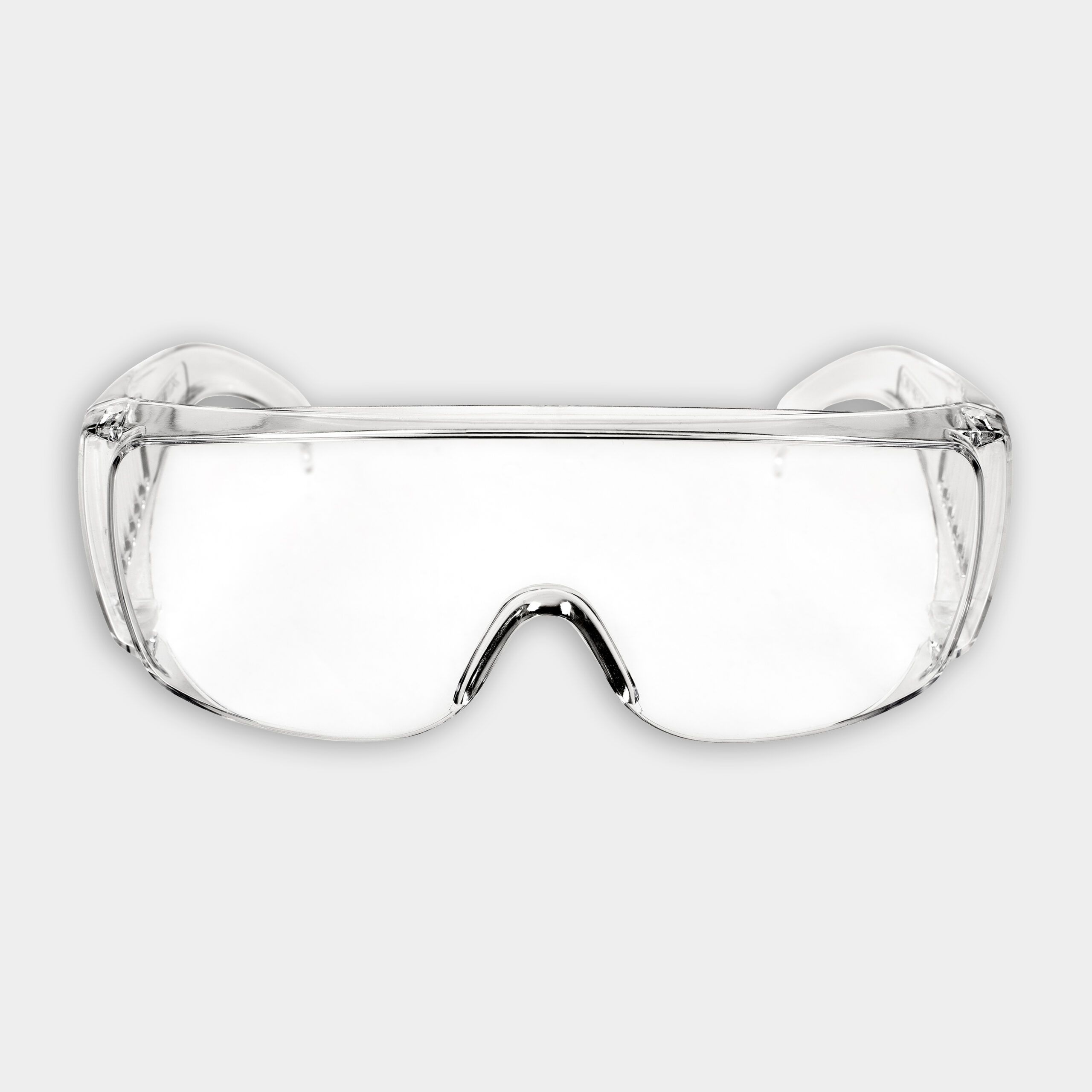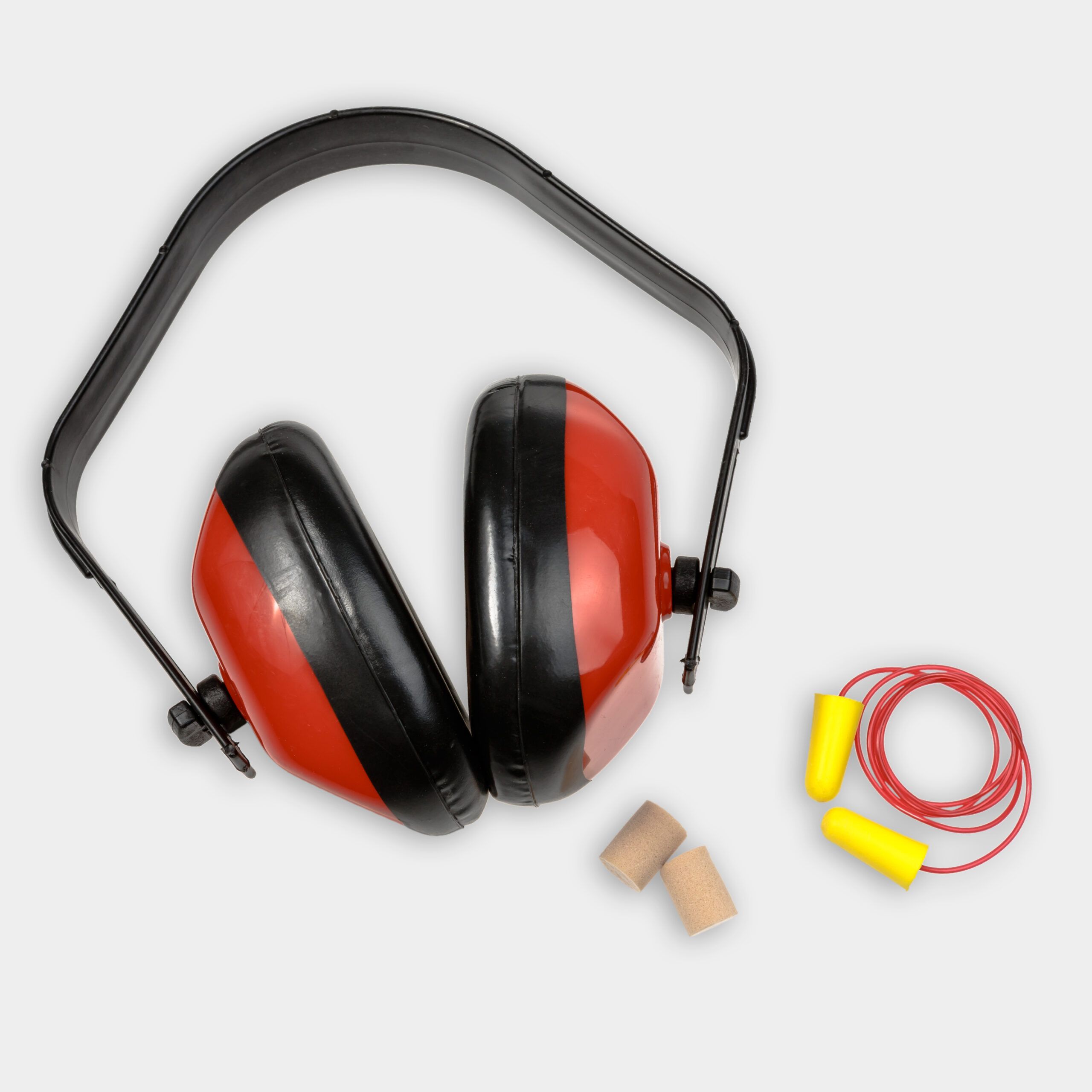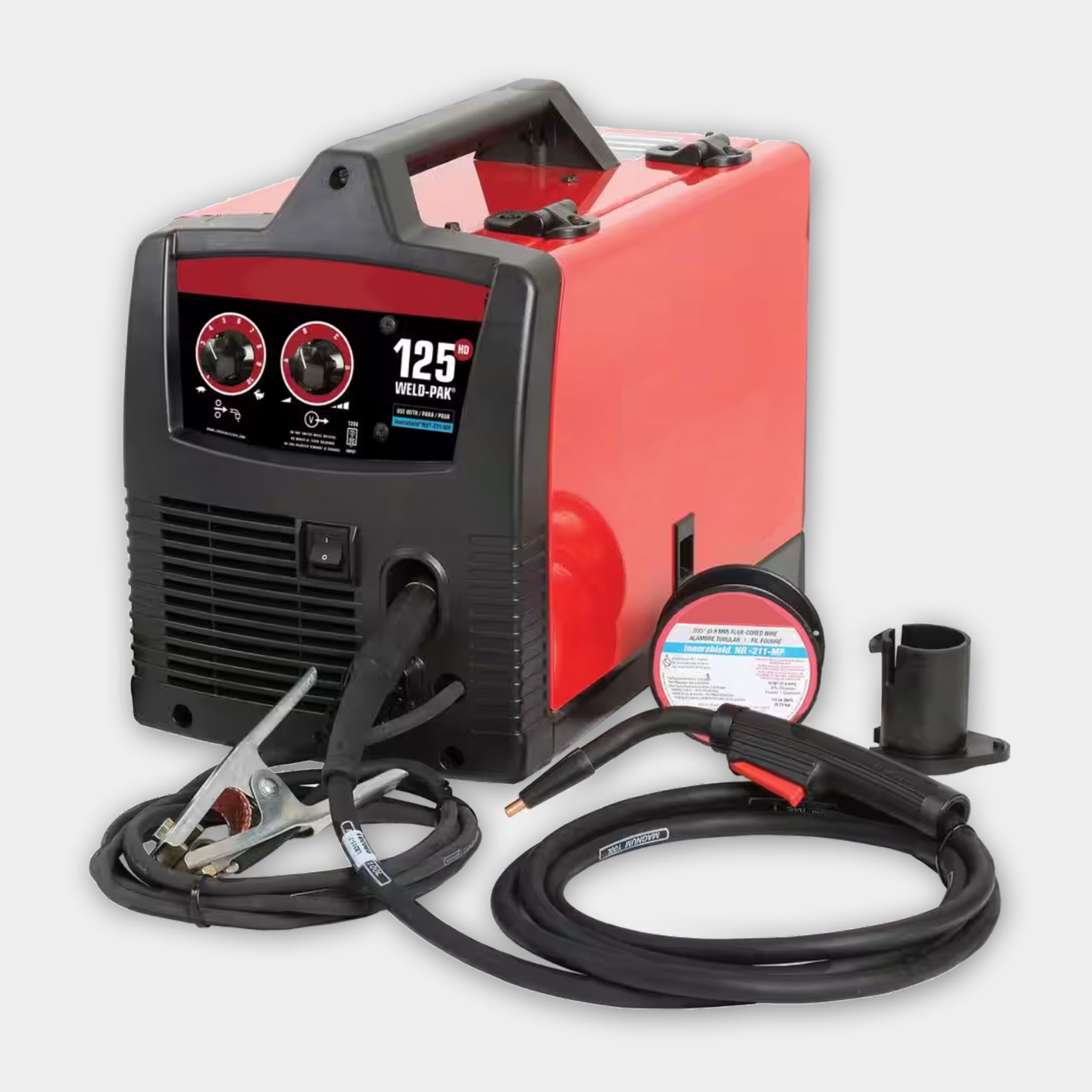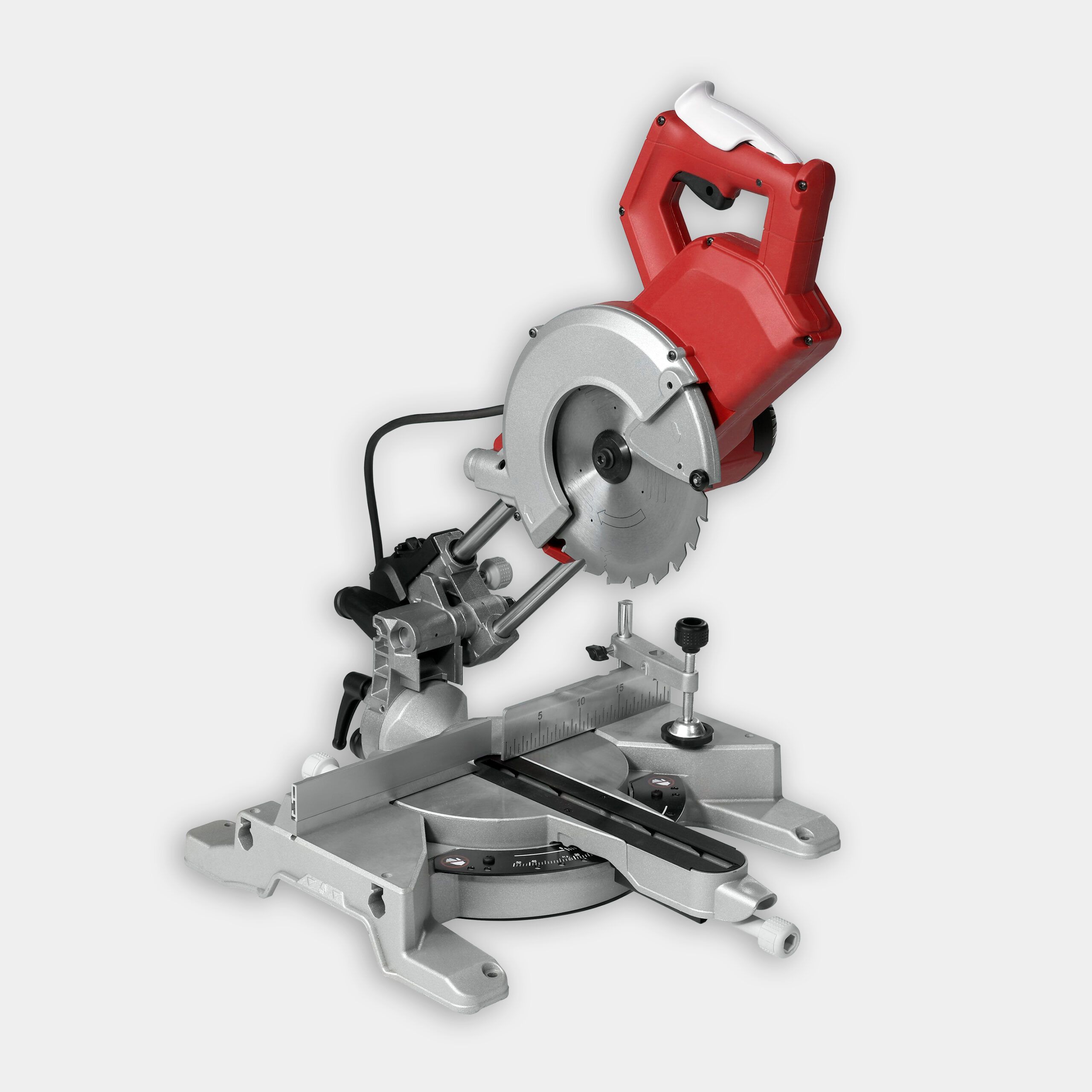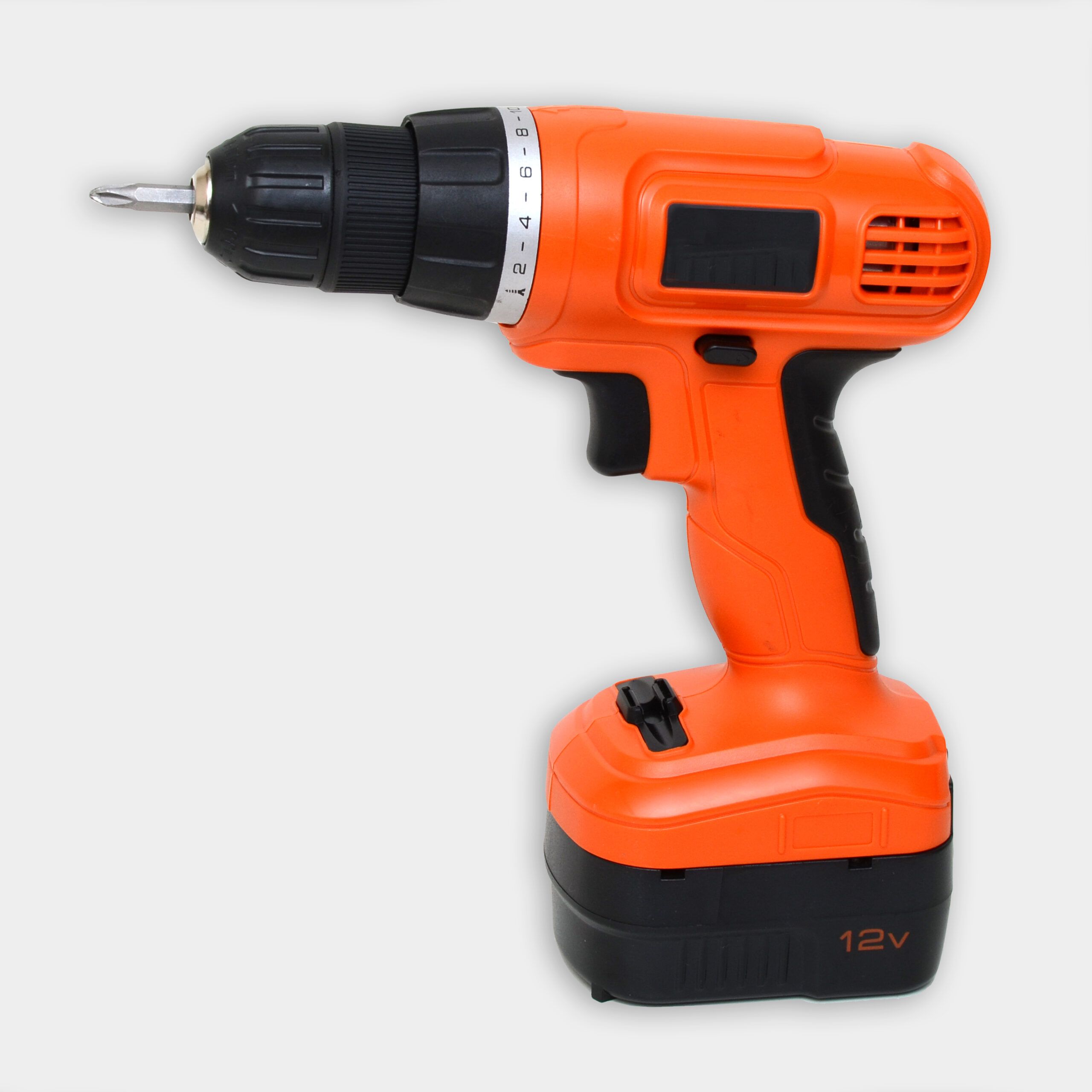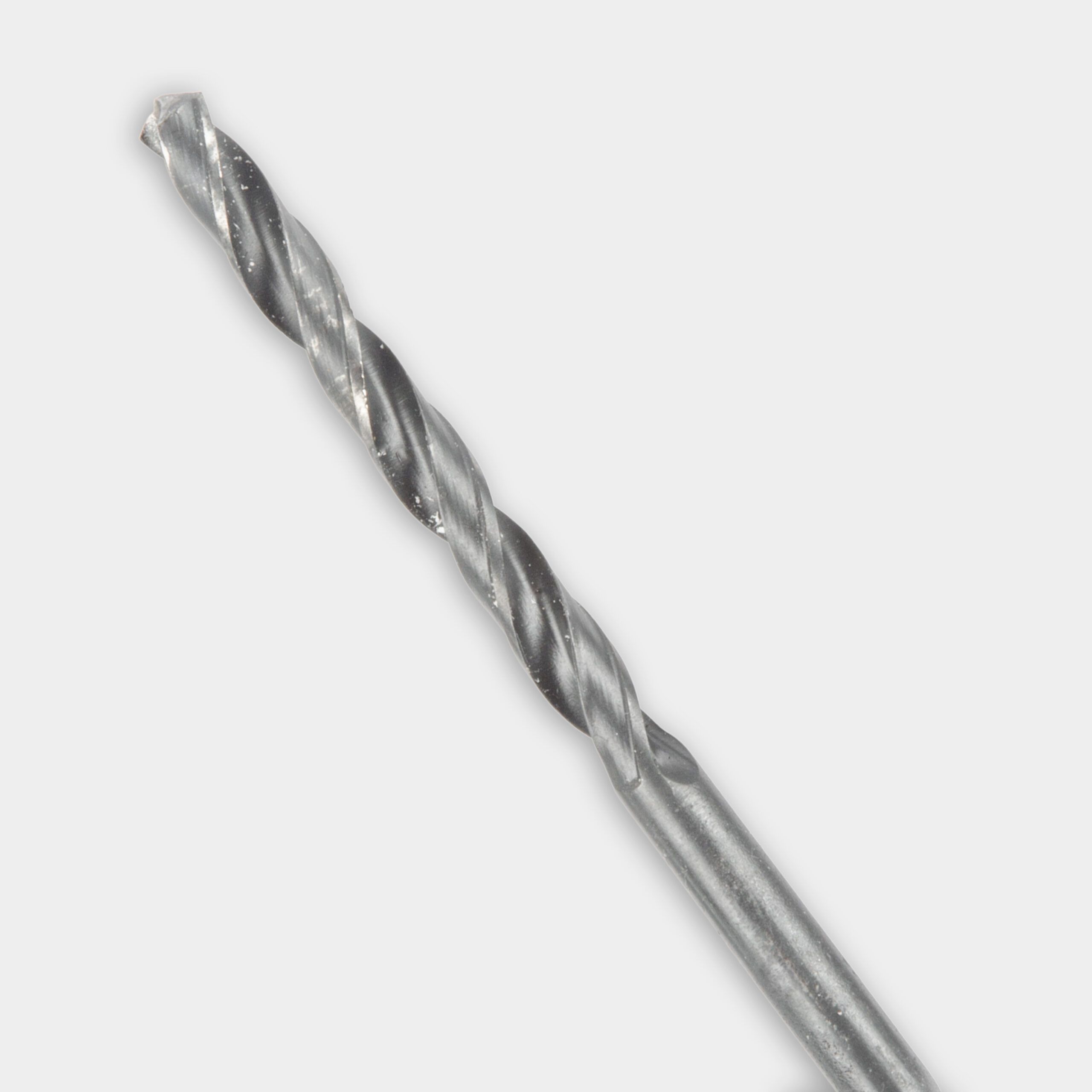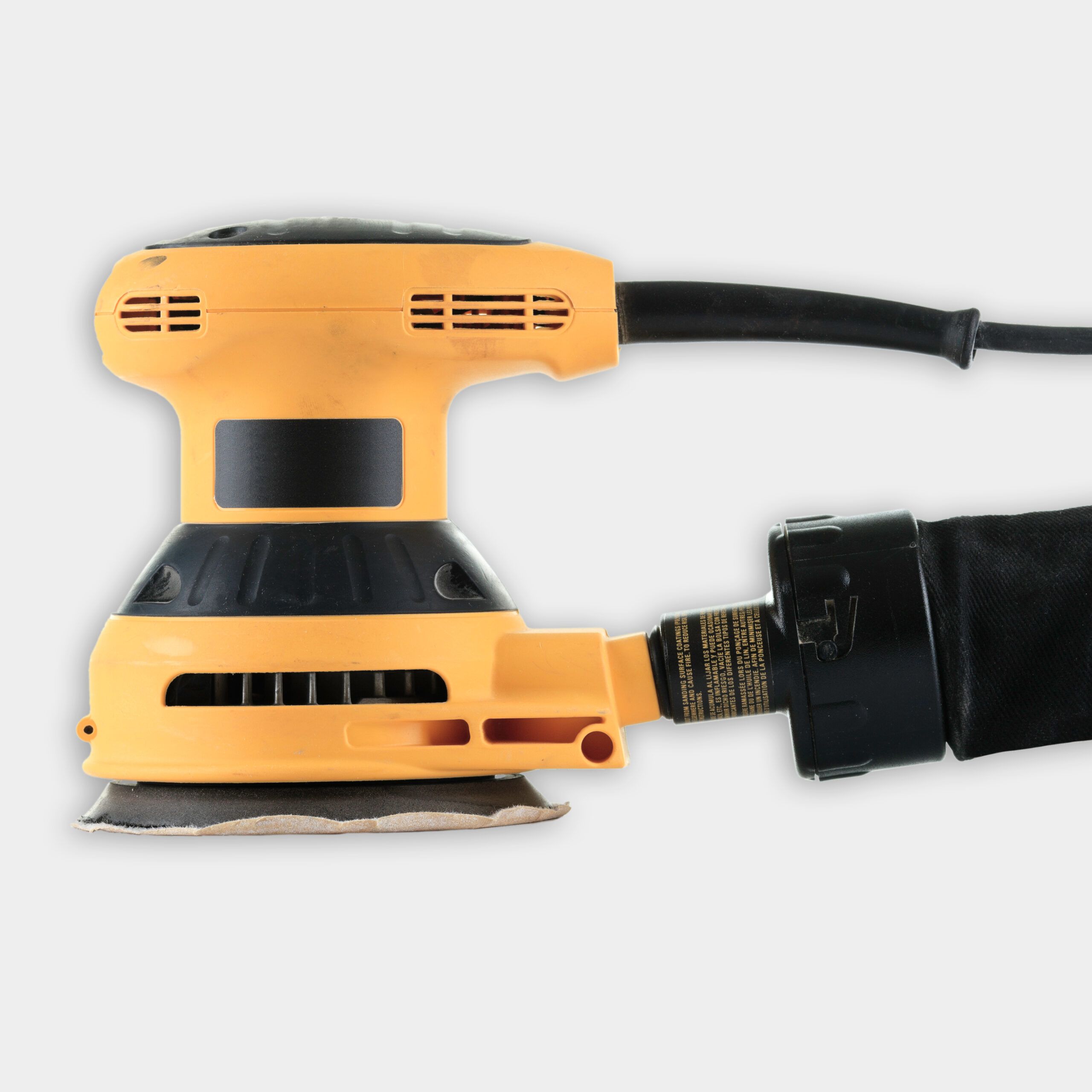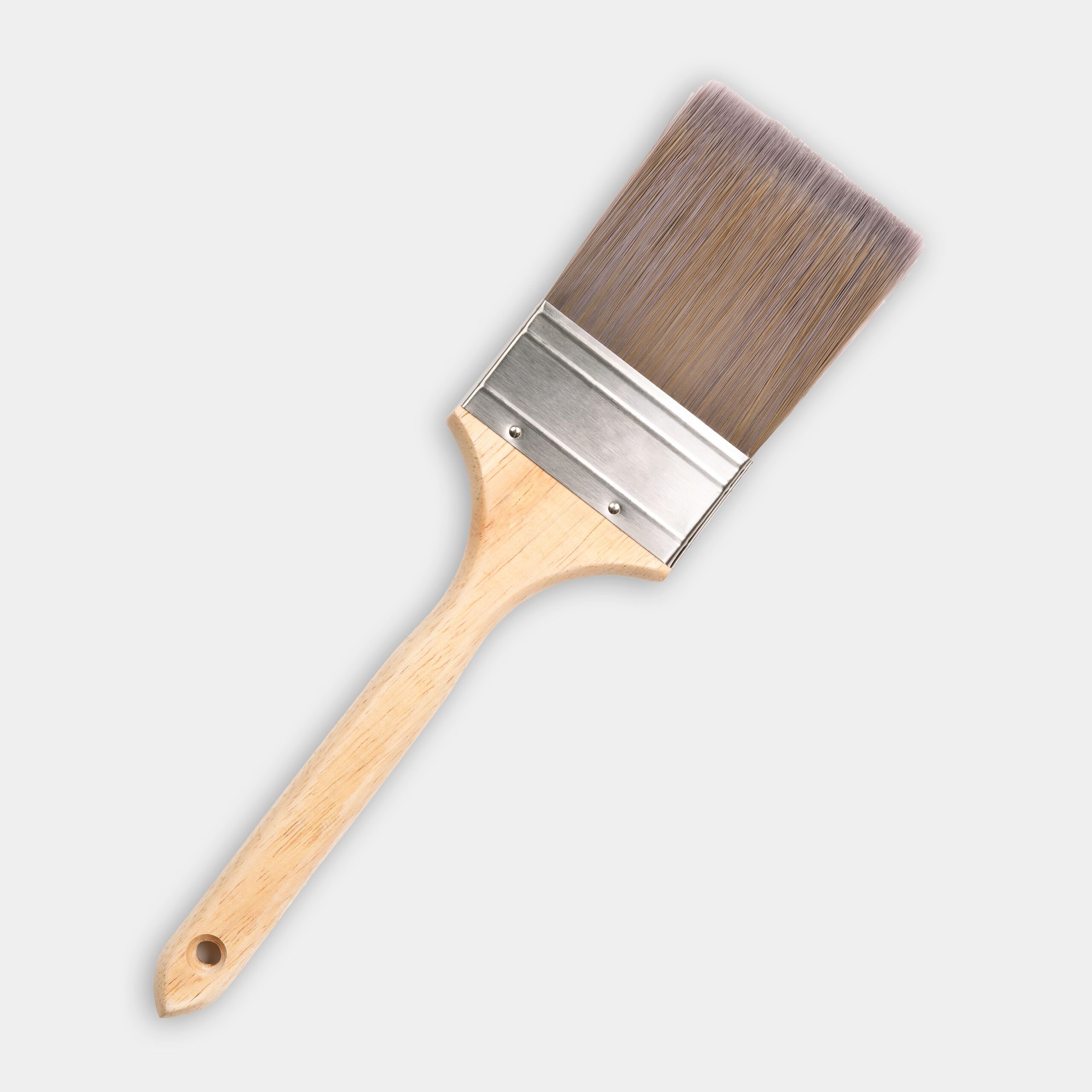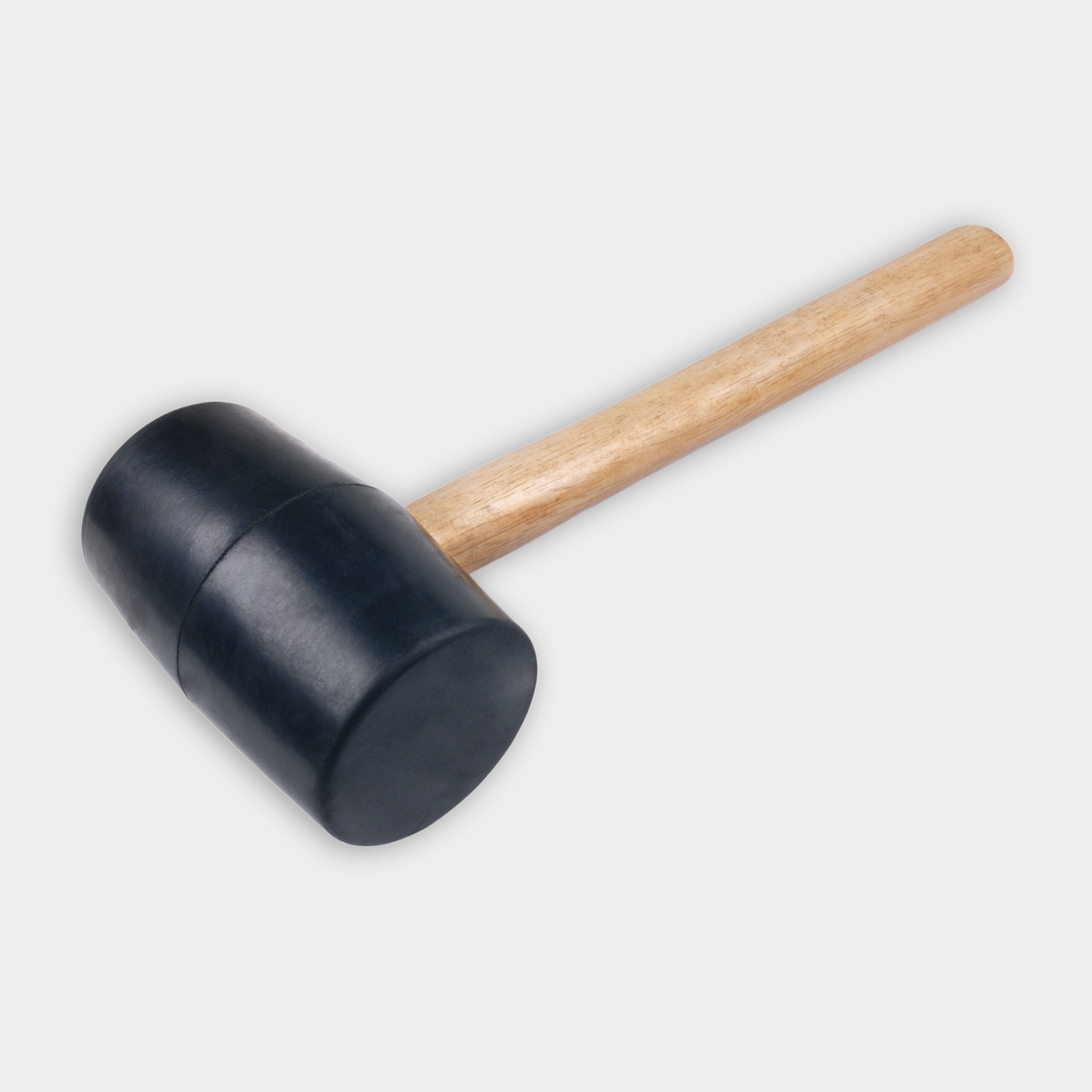We may be compensated if you purchase through links on our website. Our team is committed to delivering honest, objective, and independent reviews on home products and services.
Are you looking to add some rustic charm to your outdoor space? An Adirondack-style chair might be just what you need. This iconic piece of furniture combines comfort and durability, making it perfect for patios, decks, and gardens. In this guide, we’ll walk you through how to build your own Adirondack-inspired chair using a unique combination of steel and wood. In the video above, watch as This Old House host Kevin O’Connor and expert craftsman Jimmy DiResta team up to construct this stylish and sturdy outdoor chair.
Materials and Tools Needed to Build an Adirondack Chair
Before constructing your chair, gather the following materials and tools:
- 1/4-inch steel stock
- 2-by-2-inch steel tubing
- 2-by-4-inch steel tubing (for armrests)
- All-purpose glue
- Angle grinder
- Cordless drill/driver
- High-gloss black paint
- MIG welder
- Miter saw with a metal-cutting blade
- Outdoor boat varnish
- Paintbrushes
- Palm sander
- Rough-cut white oak boards
- Rubber mallet
- Safety equipment (welding mask, gloves, safety glasses)
- Stainless steel screws
Remember to wear appropriate safety gear, including a welding mask, when working with the MIG welder. The light generated from welding can be harmful, so never look directly at it without proper protection. Having the right materials and tools on hand will ensure a smooth building process and a professional-looking final product.
Constructing the Steel Frame of the Chair
The first step in creating your Adirondack-style chair is building the sturdy steel frame, which forms your chair’s backbone. A robust frame will support the wooden elements and provide stability.
Cutting and Preparing the Steel
Follow these steps to prepare for your project:
- Measure and mark the 2-by-2-inch steel tubing for the chair frame using a speed square and chalk.
- Cut the steel tubing to size using an angle grinder, band saw, or miter saw with a metal-cutting blade.
- Notch the front legs to create a lap joint for better assembly. The lap joint adds resilience to the chair’s structure.
- Determine the backrest angle (DiResta suggests a 5-degree pitch for comfort) and mark it with chalk.
- Cut the backrest angle using your chosen cutting tool.
Welding the Frame
Next, weld your frame components together by following these steps:
- Tack-weld the frame pieces together using small beads to hold everything in place. This allows for adjustments before final welding.
- Once you’re satisfied with the positioning, complete the welding process with full welds.
- Smooth over the welds using an angle grinder for a clean finish.
- Cut the 2-by-4-inch steel tubing for the armrests, ensuring they’re the correct length for comfort.
- Weld the armrests to the frame so they’re level with the ground for ergonomic support.
Adding Wooden Elements to the Adirondack Chair
With the steel frame complete, it’s time to add the wooden components that give the chair its classic Adirondack look and comfortable seating surface. The wood adds warmth and traditional aesthetics to the modern steel structure.
Preparing the Wood
Here’s what you need to do to prepare the wood for your chair:
- Use a miter saw to cut the rough-cut white oak boards to fit the chair’s back and seat.
- Sand the oak boards thoroughly to ensure a smooth surface.
- Cut 1/4-inch steel stock to fit inside the frame, which will act as a slot to hold the oak boards securely.
- Drill holes in the 1/4-inch stock to accommodate screws for attaching the oak boards, ensuring solid construction.
Assembling the Chair
Once you have cut, sanded, and drilled the wood, you can put your chair together as follows:
- Weld the 1/4-inch steel stock to the inside of the frame to create slots for the oak boards.
- Apply an outdoor boat varnish to all sides of the oak boards, including the end grain, for weather resistance.
- Clean the metal frame with acetone and a rag to prepare it for painting.
- Use a paintbrush to apply a layer of high-gloss black paint (or any paint color of your choice) to the frame.
- Once dry, fasten the oak boards to the frame through the steel slots using stainless steel screws.
Finishing Touches
You can now add the following finishing touches to your chair:
- Optionally, cut two blocks from leftover oak slightly smaller than 2 by 4 inches to serve as plugs for the armrests. This adds to the chair’s polished appearance.
- Apply boat varnish to these blocks for consistency with the other wooden elements.
- Add a bead of all-purpose glue inside the 2-by-4-inch steel tubing armrests. This strengthens the bond between steel and wood.
- Gently hammer the oak blocks into the arms using a rubber mallet to complete the look.
Maintenance and Care of Your Adirondack Chair
Proper maintenance will ensure your Adirondack-style chair stands the test of time. Here are some tips to keep your chair looking great for years to come:
- Reapply outdoor varnish to the wooden elements annually or as needed to maintain weather resistance.
- Regularly clean the chair with mild soap and water to remove dirt and debris.
- Store the chair in a covered area during harsh weather conditions to prolong its lifespan.
- Touch up the paint on the metal frame if it begins to chip or wear.
- Tighten any loose screws periodically to maintain the chair’s stability.
Resources
For the chair’s frame, DiResta used 2-by-2-inch steel tubing, which you can find at most home centers. You can cut the tubing with a band saw, angle grinder—which is what DiResta used—or a chop saw with a metal-cutting blade. To finish the steel frame, he cleaned it up using acetone manufactured by Klean Strip, which you can find at most home centers. DiResta also used a high-gloss black paint.
To weld the frame together, DiResta used a MIG welder manufactured by Lincoln Electric. The light generated from welding is harmful, so never look directly at it. Make sure to wear protective clothing and a welding mask.
For the back of the chair, DiResta used rough-cut white oak from a local sawmill. A quick Google search should help you identify a sawmill in your area. DiResta applied Gleam 2.0 Marine Spar Varnish in a satin finish, which is manufactured by TotalBoat.
You can find all the other materials O’Connor and DiResta used to build the chair, including the sander, drill, and paintbrushes, at most home centers.
Expert assistance with this project was provided by Jimmy DiResta.
